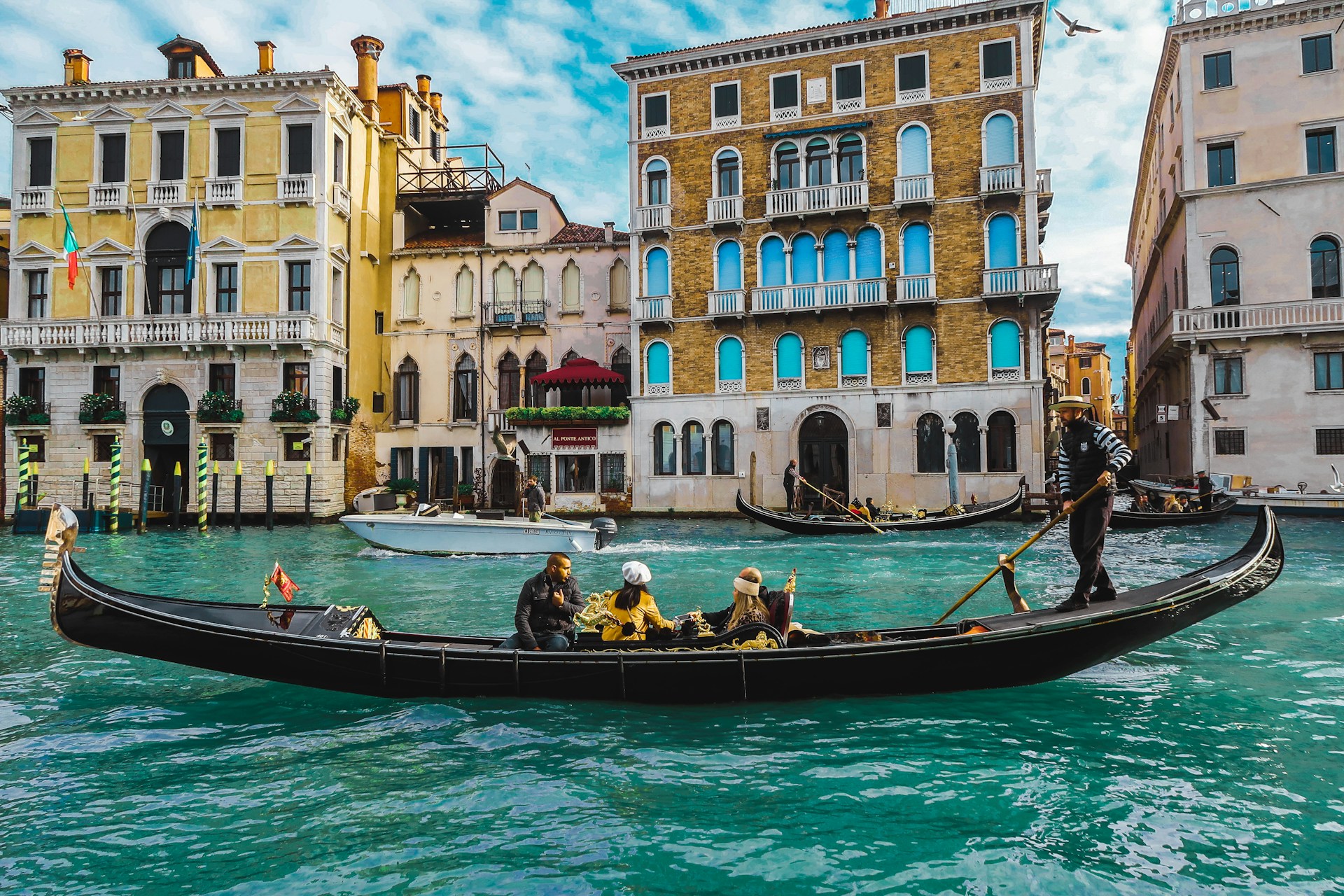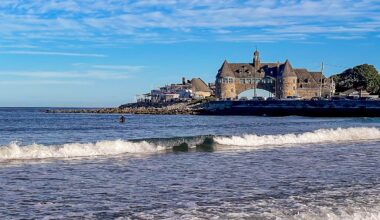Venice was never supposed to work. Built on water, held up by wood and faith, it defied logic for a thousand years. But the balance that kept it alive is cracking. Tourists now outnumber residents dozens to one, rents have exploded, and tides rise higher each year. The city’s beauty still pulls people in, but fewer stay. What remains feels like a stage set, perfectly lit, meticulously maintained, and slowly emptying of real life.
Built On Water Built To Endure
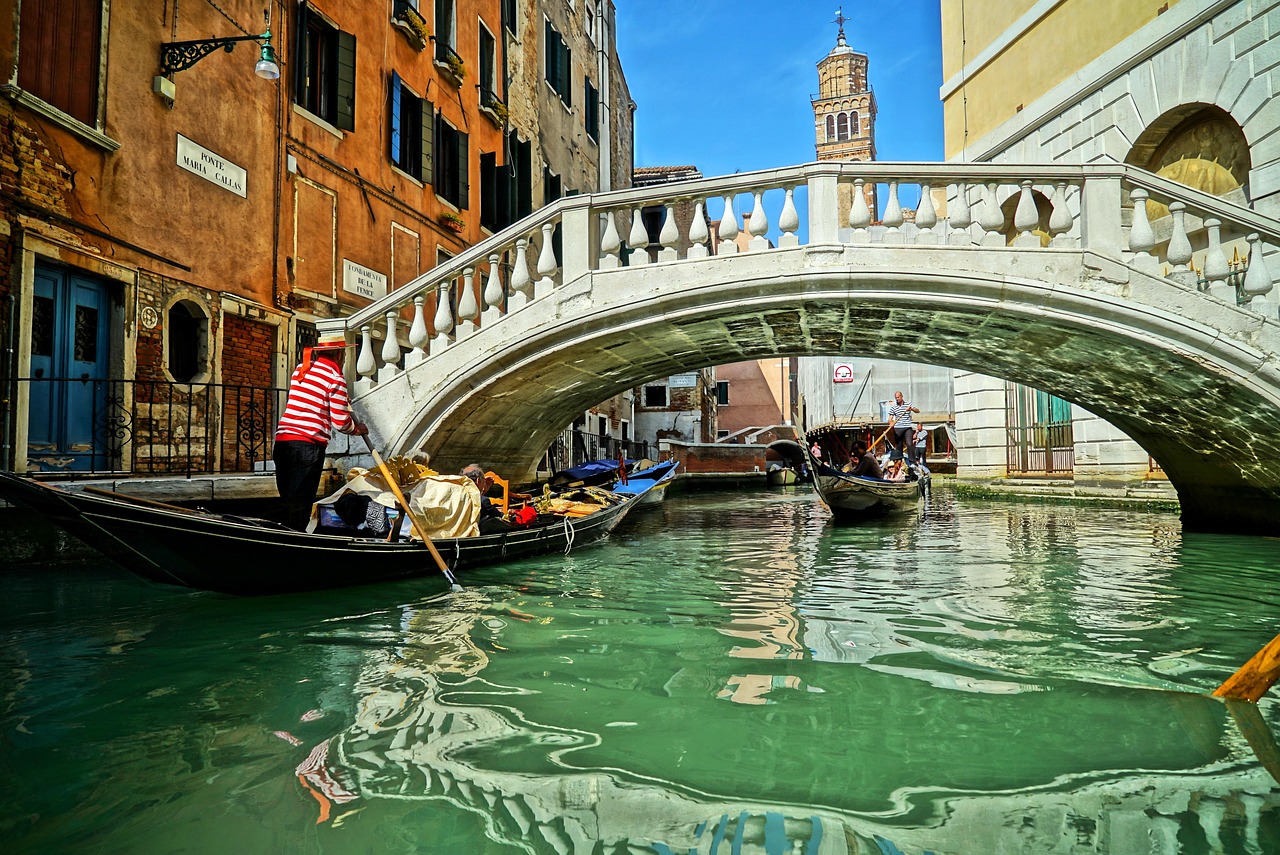
Venetians built their city by driving millions of wooden piles into mud until they hit clay. On that strange foundation they layered planks, stone, and centuries of confidence. The system worked longer than anyone expected. Yet the same ingenuity now meets its limits as foundations sink and maintenance costs grow. Every flood erases a little more of what was built by hand. The miracle hasn’t failed yet, but it’s losing ground with each new tide.
A Shrinking Population
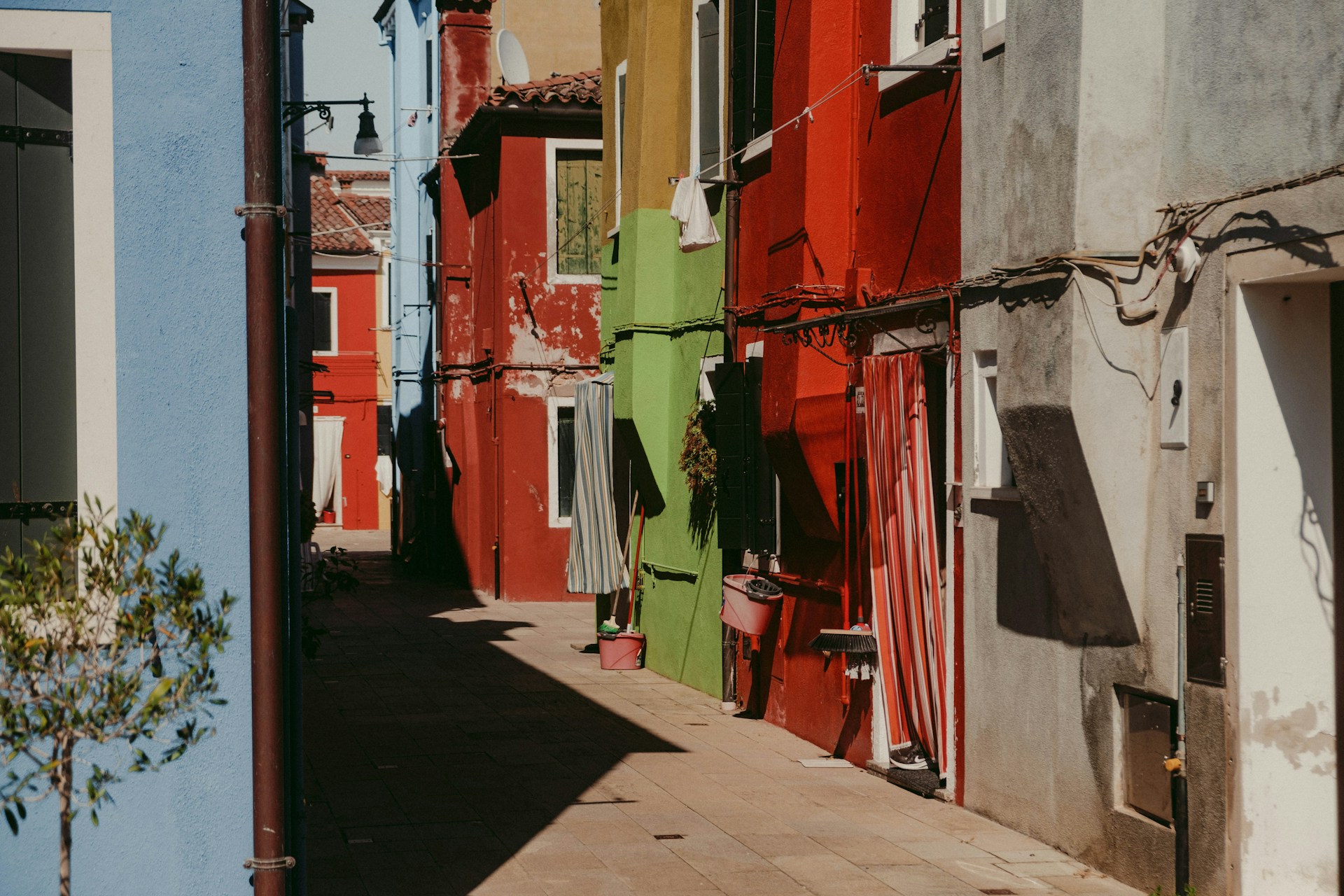
In the early 1950s nearly 175000 people lived in the historic center. Now fewer than 48500 remain and the number drops by about a thousand each year. It’s not one big collapse but a slow drain. When the butcher leaves the school closes. When the school closes the next family moves away. Each departure makes the city less self-sufficient and more dependent on the very visitors who helped drive locals out in the first place.
Tourism At Overcapacity
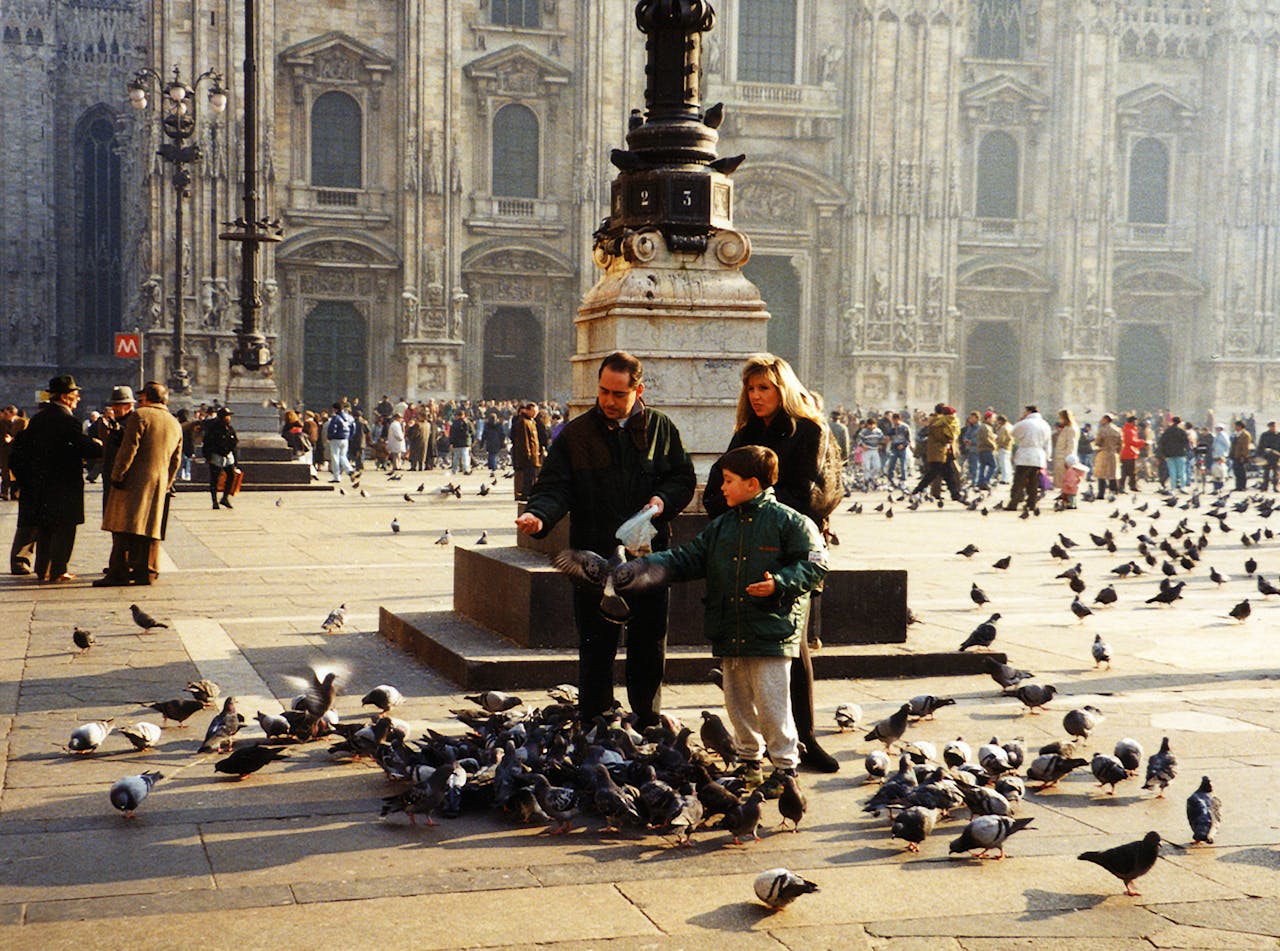
Venice’s core covers less than eight square kilometers yet it draws around 30 million visitors each year. That’s about 70000 people every single day crowding bridges squares and narrow walkways. The city was built for trade not mass tourism. Now water buses run nonstop waste systems strain and residents time errands around crowds. The beauty that built its fame is still there but it’s increasingly hard to see past the constant motion.
Day Trippers Thin Benefits

Most visitors don’t stay the night. They pour in from cruise ships and buses take photos buy trinkets and leave before dinner. These day trips flood public spaces and strain infrastructure while bringing little to the local economy. City officials tested a small entry fee to curb the flow but numbers barely shifted. Locals joke that Venice has become a theme park without gates but the laughter doesn’t hide how much that hurts.
Housing Squeezed By Short Stays

Apartments that once held families now earn more on Airbnb than they ever did from long-term tenants. Rent has doubled in parts of the city and young people can’t afford to stay. Shops turn into souvenir stands and grocery stores give way to fast food counters. The result is a city that’s open all night but belongs to no one. Locals don’t just lose their homes they lose the rhythm of ordinary life that made Venice real.
Sinking Ground Rising Sea
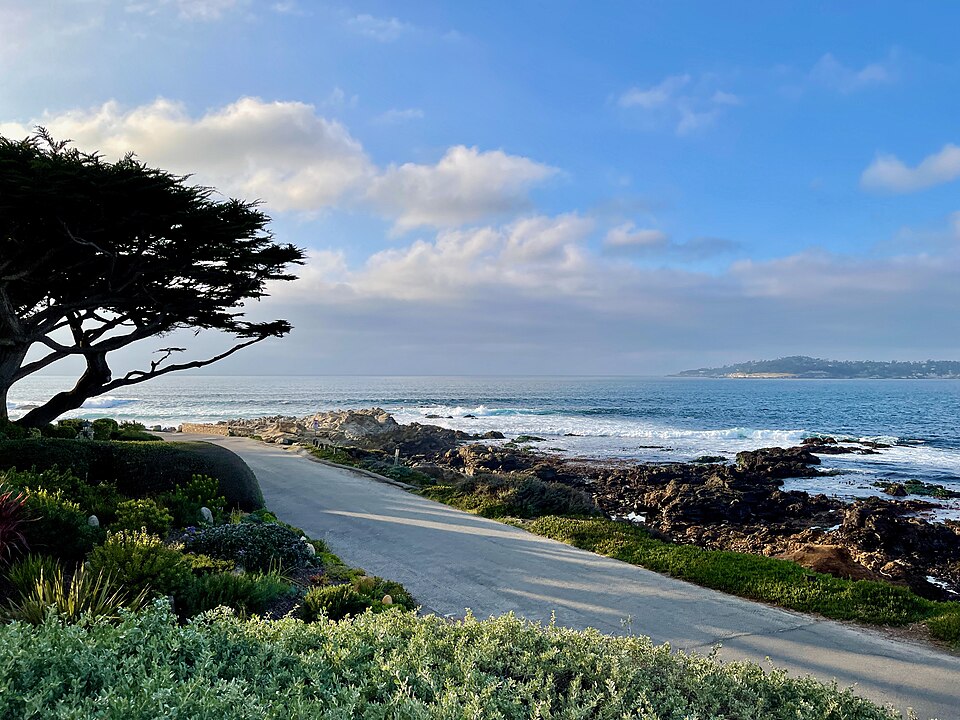
Venice naturally sinks a couple of millimeters each year but industrial drilling in the 20th century made it worse. Groundwater extraction compacted the soil and dropped the city by over ten centimeters in just two decades. At the same time global sea levels are rising faster than ever. Together they push tides higher and farther inland. What once flooded once a decade now happens several times a year turning daily life into a balancing act.
High Tides And Hard Numbers
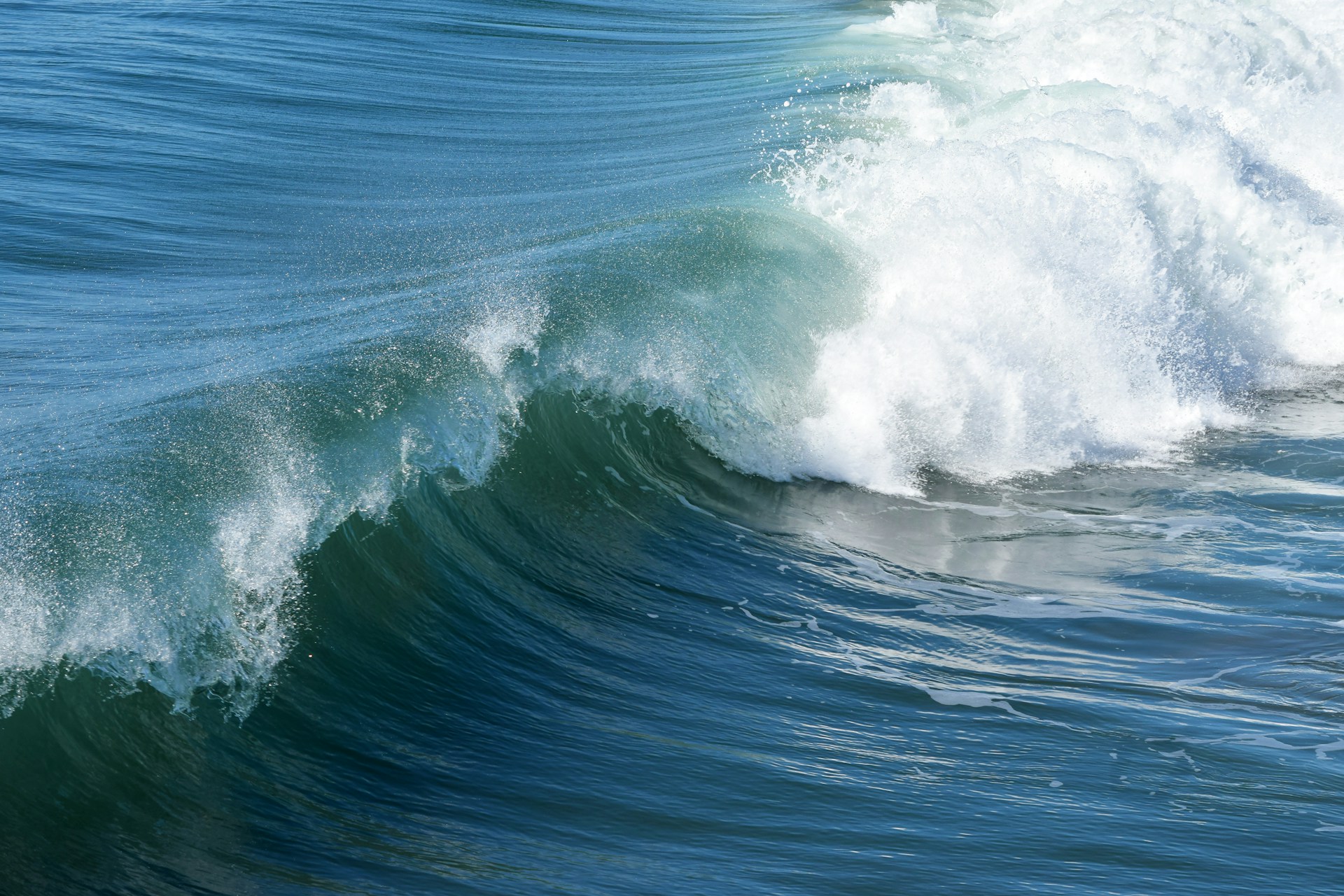
Floods over a meter high used to be rare. Now they come regularly forcing residents to wade through streets or raise furniture overnight. Saltwater seeps into foundations eating away at brick and mortar. Repairs cost more than most families can afford. Shops install floodgates and pumps but each storm tests their limits. The water keeps rising and so does the question everyone asks quietly how much longer can people actually live here.
MOSE Promise And Limits

The MOSE flood barrier made up of 78 steel gates was built to protect the lagoon from storm surges. It’s an engineering marvel that took decades and billions of euros to complete. When raised it can stop extreme tides but it doesn’t solve everything. It’s expensive to operate and it’s activated only when the tide is dangerously high leaving lower floods to seep through. MOSE buys time not safety and that time is shrinking fast.
The Cost Of Protection

Each time MOSE lifts it costs hundreds of thousands of euros and halts shipping traffic. It was meant to rise a few times a year but now it does so dozens of times. More use means more wear and repairs will grow costlier. Scientists warn that if sea levels rise by another half meter Venice may need to close the lagoon entirely cutting itself off from the sea that made it rich. Saving the city could mean ending its identity.
What It Would Take To Stay
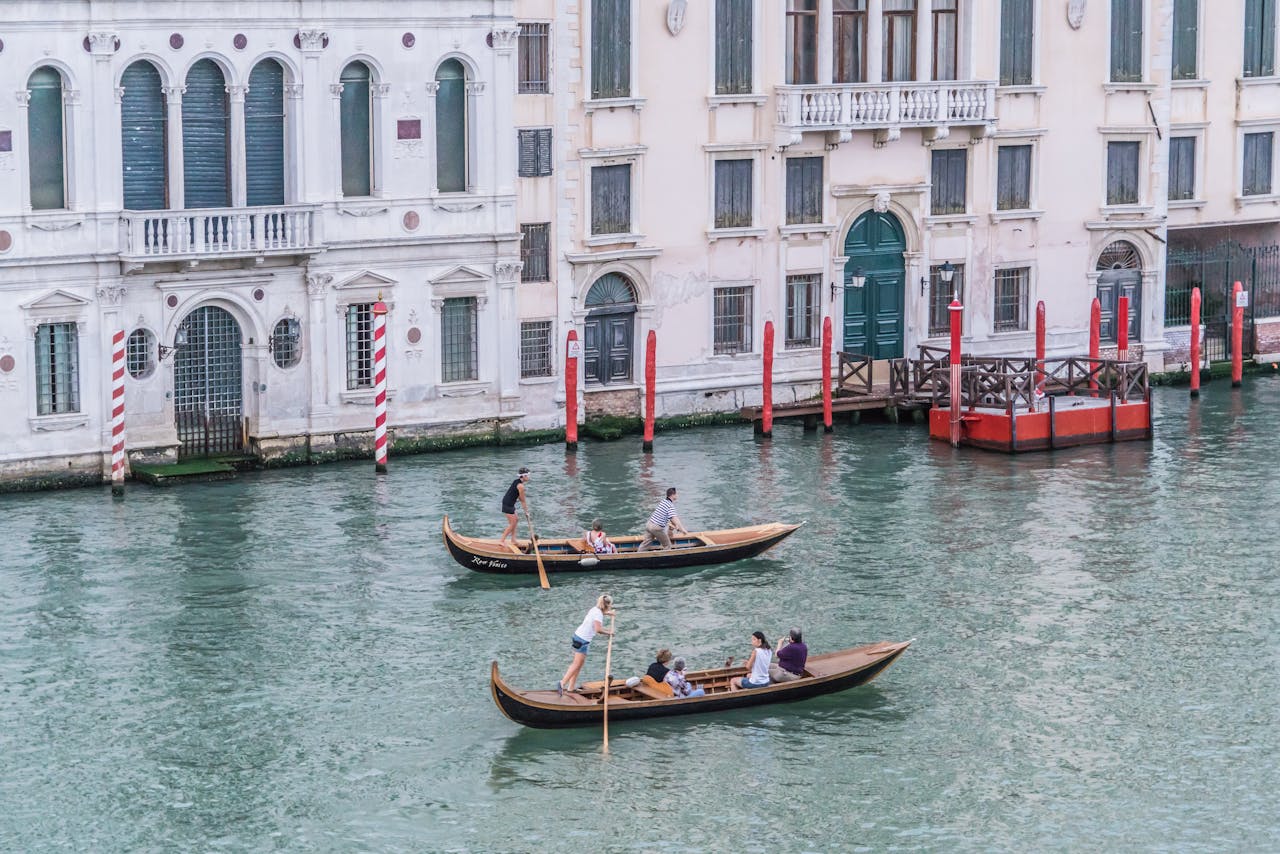
Keeping residents means more than stopping floods. It means keeping life affordable and worth living. That means regulating short-term rentals protecting local business and treating tourism as part of the economy not the whole thing. It means investment in schools public transport and social spaces so that Venetians can live not just host. The problem isn’t just water it’s whether the city values its people as much as its monuments.
